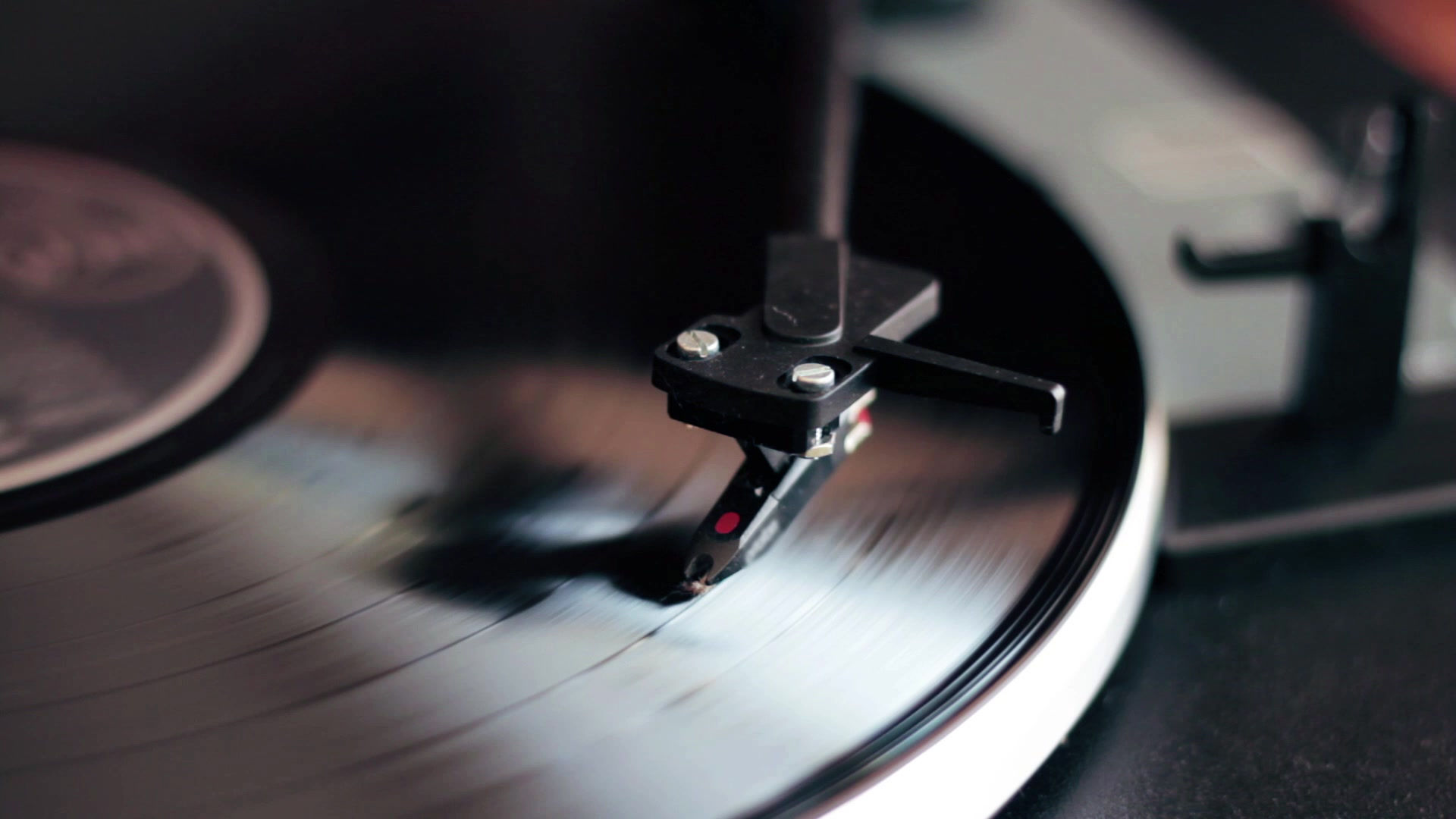Gao Hong
- Gerald Van Waes
- Jun 25, 2016
- 4 min read

Innova -new Chinese Pipa music by-
Gao Hong : Quiet Forest, Flowing Stream (CN/IND/JAP/US,2010)****
Being a long time master and explorer of the Chinese lute called a pipa, travelling all around the world, Gao Hong has had also a number of opportunities to work with musicians of completely different musical backgrounds, or has had a couple of commissions that showed different musical crossover qualities, improvisations with different foundations. On this release we hear combinations of Indian, Western and eastern improvisational techniques which explore their approaches to melody, to stylistic solutions and to adaptations towards different techniques through dialogue with of course open space and energetic/melodic adaptations, with responses with portions of imitation, answers, or simply melody interpretation, or at its best sparkling inflictions. In this way Gao Chong shows with these projects a renewal of Chinese music tradition, ready for the world to embrace.
“Butterfly” combines Indian elements (veena, vocals, tabla, by Nirmala Rajasekar) with pipa and cello. This is followed by a old traditional pipa solo composed and reconstructed by Lin Shicheng. “Courage” is dedicated to Gao's daughter who had shown an incredible strength during her treatment for leukaemia. It is a highlight of the album, because of the evolution in its three movements. First the pipa solo and vibraphone solo (David Hagedorn) shows certain differences between the instruments, despite its open character. The vibraphone has firstly a different, somewhat darker density, then starts a jazz improvisation while showing strange interactions with the pipa, not really remaining in its own corner in being different. But then, when the pipa goes wilder (the girl's desire to dance and live ?) this gives a sparkle of inspirations, changing the energy of the vibraphone to a more straight forward energy, with powerful accents with percussion, the dialogue and solo voices end with a positive conclusion. The title track, another commission, is an interesting combination of Indian sitar (and tabla) with sitar (Shubhendra Rao), combining Chinese melody and Indian with eastern improvisation. “Flying Dragon concerto”, like the vibraphone/pipa combination is another carefully-explorative dialogue, which started from a difficult starting point. The western style of let's say somewhat straight romantic piano playing, in combination with the piano sound which as an instrument is a rather dominant one with its amplified, monotone hammering sound resulting in the more dominating quality of melody and rhythm with little variation in loudness or tone makes the piano a difficult instrument for such a dialogue because the pipa for instance can change its pitch too. Never the less something interesting happens, and you get the feeling a conversation with two very different persons is happening, on its way a couple of mutual understandable ideas are adapted even not when entirely conscious yet, it is building up the right atmosphere especially the pipa can flourish, and the piano (played by Joseph Schad) is like listening well. The piano part was an adaptation of an earlier orchestral version of this piece. The last piece, “Celebration”, the last commission, combines different ways of singing (eastern and Indian singing) and percussion (Indian and western) with sitar (Pandit Shubhendra Rao), cello and pipa, a live version to conclude the CD.
I have the impression a new territory has been shown as a new way by Gao Hong. I hope it leads to a path where more Chinese musicians are able to show what is possible to introduce themselves more easily into the world.

Innova Rec. Gao Hong : Pipa Putluck: Lutes around the world (2015)**’
This release was based upon a let’s-go-and-let’s-play-together just like a go and eat together occasion. The group members take their own elements with them, and warm them up slowly. There has been an introduction of bring some award winning people together, which I never found a good reference to judge on talent rather than on obvious confirmation or predictability in skills. Obviously, Goa Hong with her oscillating pipa qualities references knows how to adapt to different styles on different occasions, like Middle Eastern or Appalachian. Often the approaches are not bridging, challenging or bringing forward much like old friends, but are careful like in any new occasion of a first meeting point and play it safe. Near the end, some live improvisations nicely show the open tuning with guitar and pipa that ought to bring us somewhere. The last track assembles a few different themes like that, which is interesting, but then falls back on an obvious public teaser humpa folk theme that should show its effect, without really convincing me. There is a potential of bringing together some string instruments. But hardly it has been explored much and the art of improvisation which used to be common on court music occasion of the past has been mainly forgotten. The oud plays certain rhythms and the guitar has its professional podium way of playing. I love the combination of string sounds but unfortunately the occasion, obviously suffers from little preparation hardly surprised me and couldn’t reach the unexpected on this just occasionallity.






















Comments